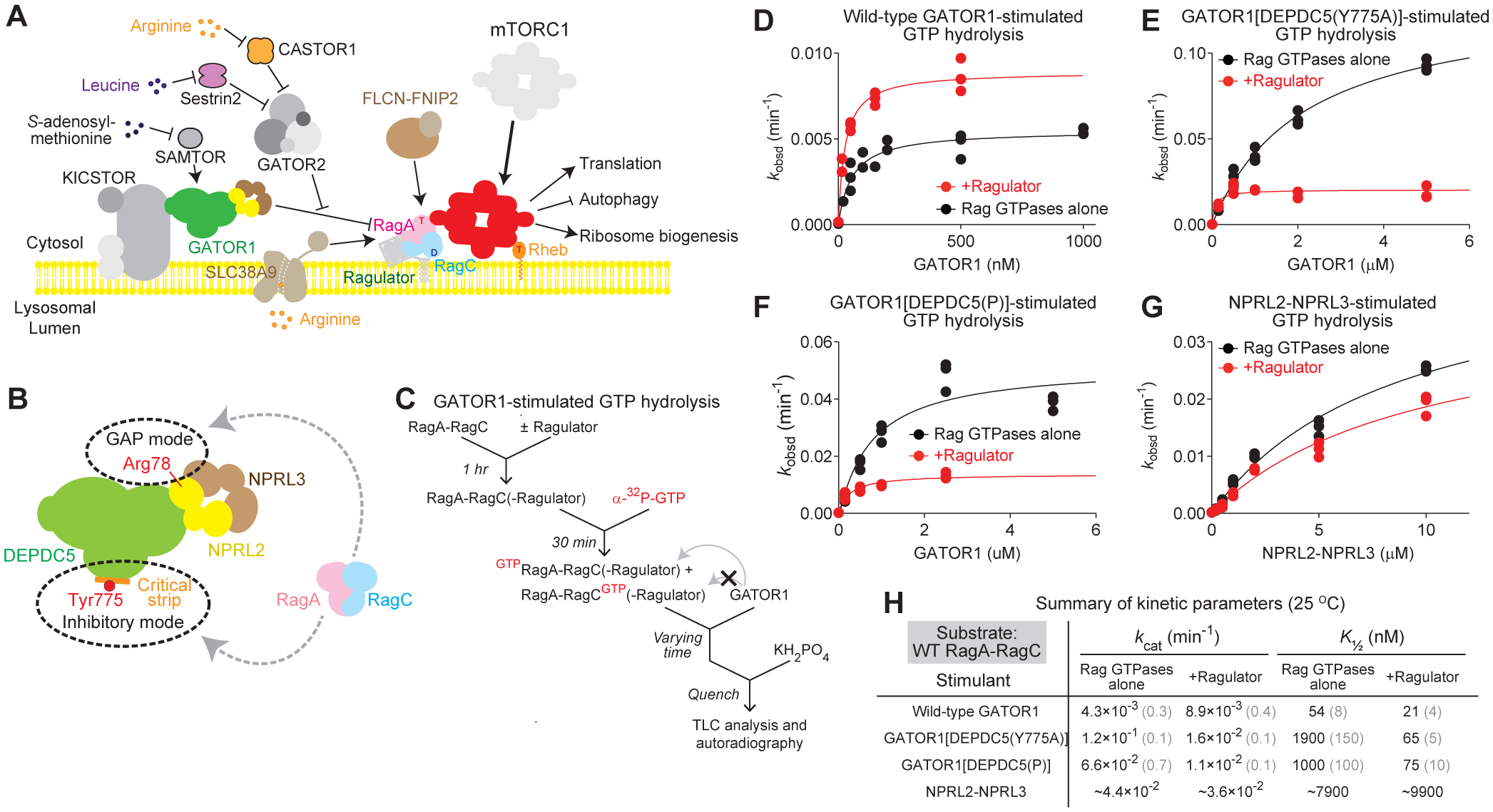Figure 1. Ragulator modulates the biochemical properties of GATOR1.

A. Protein components of the amino acid sensing branch of the mTORC1 pathway.
B. GATOR1 binds to the Rag GTPase heterodimer via two modes: an inhibitory mode and a GAP mode. A point mutation on the critical strip, DEPDC5(Y775A), blocks binding in the inhibitory mode.
C. Scheme for GATOR1-stimulated GTP hydrolysis assay (GAP assay)..
D–G. Stimulated GTP hydrolysis by wild-type Rag GTPases in the presence or absence of Ragulator, with wild-type GATOR1 (D), GATOR1[DEPDC5(Y775A)] (E), GATOR1[DEPDC5(P)] (F), and NPRL2-NPRL3 (G) as stimulant..
H. Summary of kinetic parameters from panels D–G. Gray numbers in parentheses denote the SEMs of the reported values calculated from three independent experiments.
